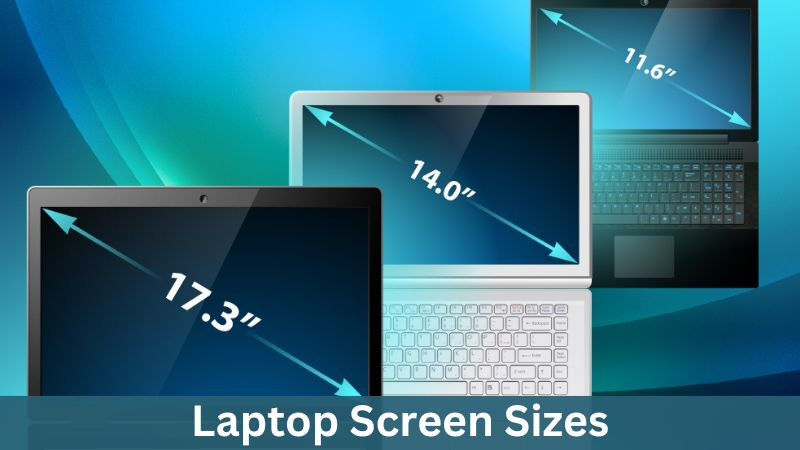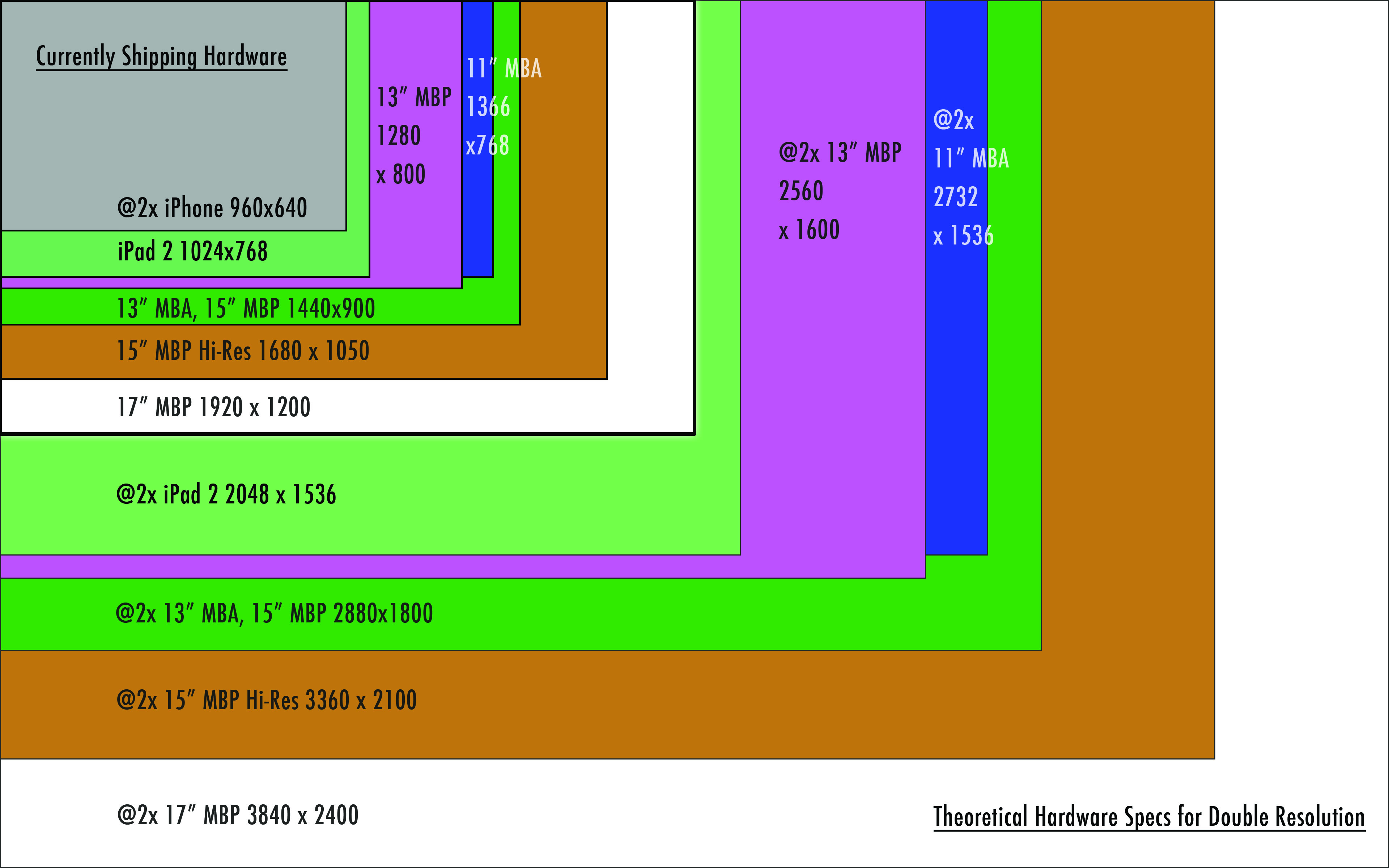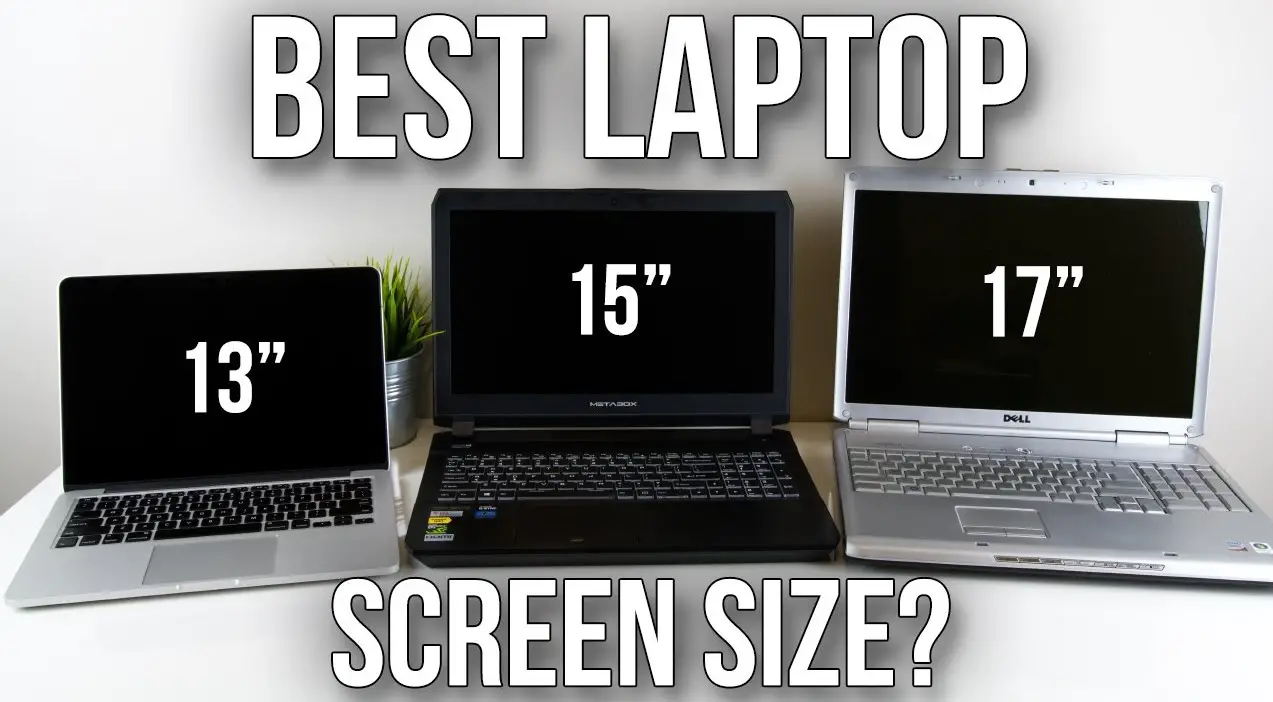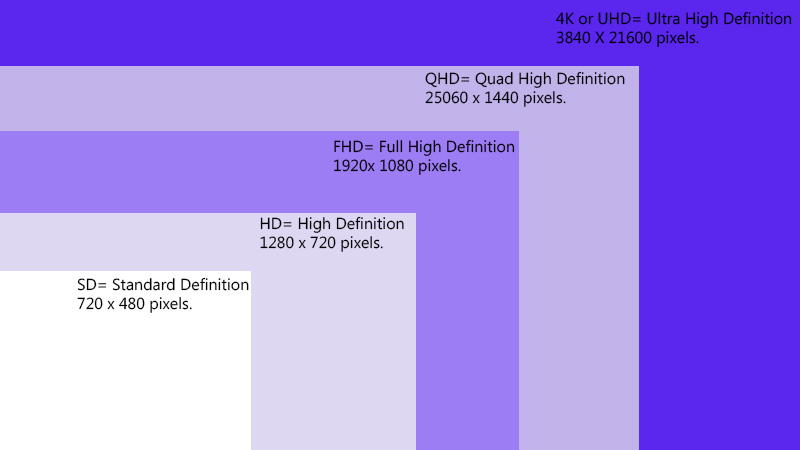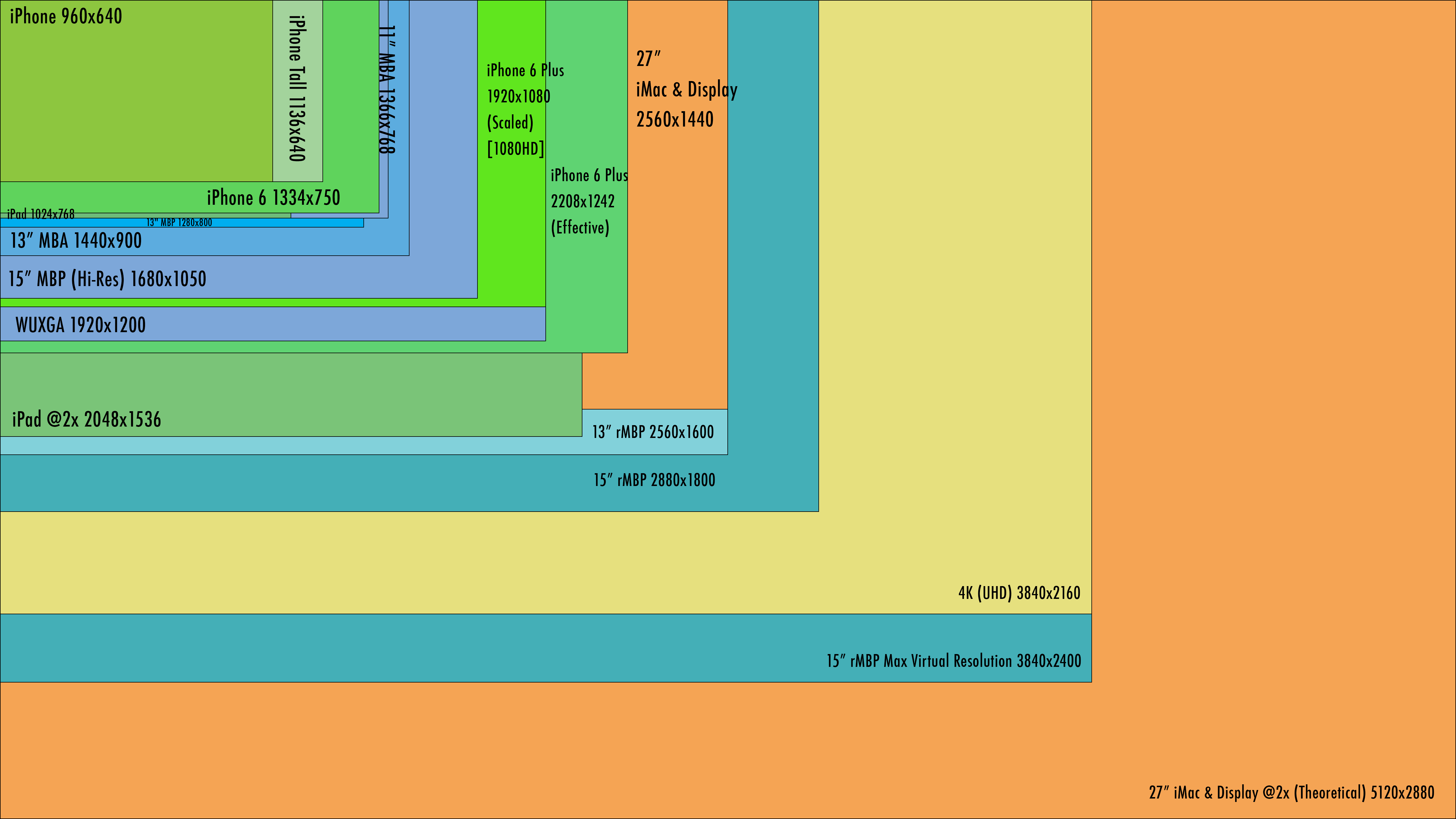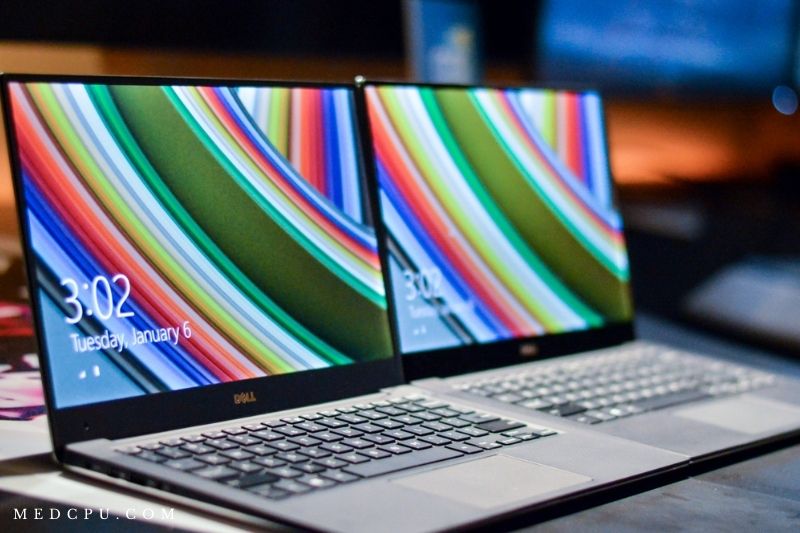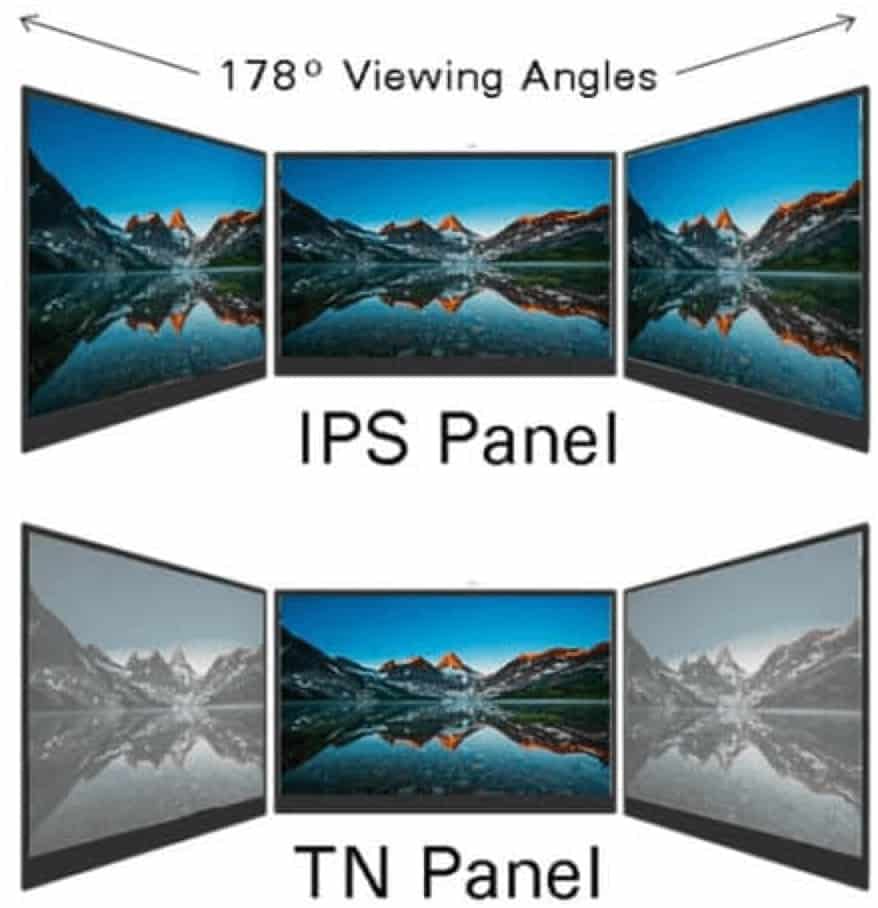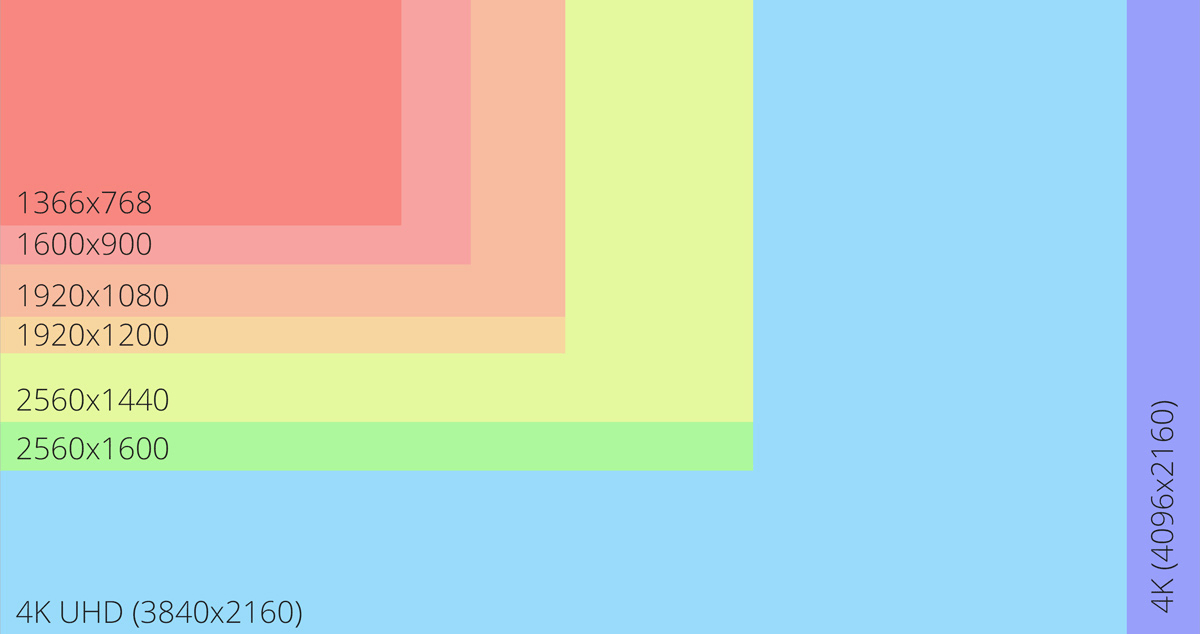Laptop Screen Quality Comparison
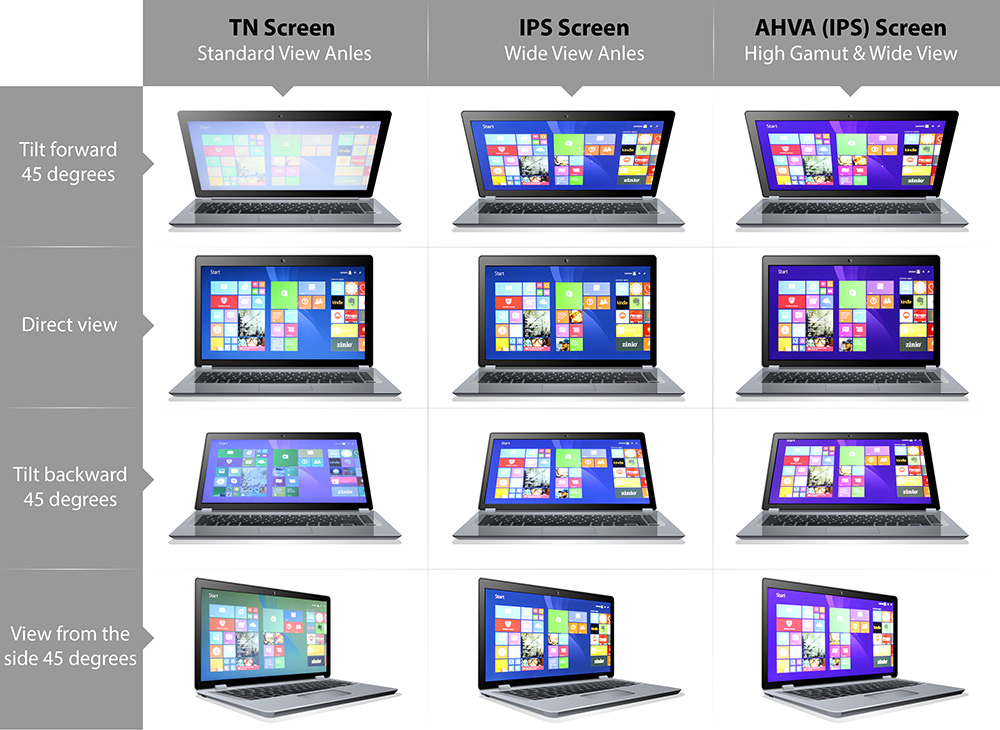
For value-conscious shoppers, a laptop is more than just a tool; it's an investment. But in a market saturated with choices, how do you ensure you're getting the most bang for your buck, especially when it comes to the display? This review dives deep into laptop screen quality, helping you make an informed decision without breaking the bank.
Why Laptop Screen Quality Matters
The screen is your primary interface with your laptop. A good display enhances productivity, makes entertainment more immersive, and reduces eye strain.
Compromising on screen quality can lead to a frustrating experience, impacting everything from work efficiency to overall enjoyment.
Key Screen Specifications to Consider
Several factors contribute to a laptop's visual experience. Understanding these is crucial for making the right choice.
Resolution
Resolution refers to the number of pixels on the screen (e.g., 1920x1080, commonly known as 1080p or Full HD). Higher resolution means sharper images and more detail.
For most users, 1080p is sufficient, but creative professionals might benefit from higher resolutions like 1440p or 4K.
Panel Type (IPS vs. TN vs. OLED)
IPS (In-Plane Switching) panels offer excellent viewing angles and color accuracy, making them ideal for graphic design and media consumption.
TN (Twisted Nematic) panels are generally faster and cheaper but suffer from poor viewing angles and color reproduction. OLED (Organic Light-Emitting Diode) panels offer superior contrast, vibrant colors, and true blacks, but they can be more expensive and potentially susceptible to burn-in.
Brightness (Nits)
Brightness, measured in nits, determines how easily you can see the screen in different lighting conditions. A higher nit value means better visibility in bright environments.
Aim for at least 250 nits for comfortable indoor use and 300 nits or more for outdoor use.
Color Gamut (sRGB, Adobe RGB, DCI-P3)
Color gamut refers to the range of colors a screen can display. sRGB is the standard for web content, while Adobe RGB and DCI-P3 are wider color gamuts used by creative professionals.
A wider color gamut results in more vibrant and accurate colors.
Refresh Rate (Hz)
Refresh rate, measured in Hertz (Hz), indicates how many times per second the screen updates the image. Higher refresh rates (e.g., 120Hz or 144Hz) result in smoother motion, particularly noticeable in gaming and fast-paced videos.
For general use, 60Hz is sufficient, but gamers should consider higher refresh rates.
Laptop Screen Quality Comparison: Shortlist
Here's a selection of laptops with excellent screen quality, catering to different needs and budgets:
- Budget-Friendly: Acer Aspire 5 (Good overall value, decent 1080p IPS display)
- Mid-Range: Lenovo IdeaPad Slim 7 (Excellent color accuracy, bright IPS display)
- Premium: Dell XPS 13 (Stunning visuals, high resolution, excellent color accuracy)
- Creative Professionals: MacBook Pro 14-inch (Exceptional color accuracy, high brightness, Liquid Retina XDR display)
Detailed Reviews
Acer Aspire 5
The Acer Aspire 5 offers a solid 1080p IPS display at an affordable price. While not the brightest or most color-accurate, it's perfectly adequate for everyday tasks and media consumption.
Its wide viewing angles are a definite plus, making it a great value for the money.
Lenovo IdeaPad Slim 7
The Lenovo IdeaPad Slim 7 boasts a vibrant and color-accurate IPS display, making it a great choice for photo editing and video viewing. Its brightness is also commendable, allowing for comfortable use in well-lit environments.
This laptop strikes a good balance between price and performance.
Dell XPS 13
The Dell XPS 13 is renowned for its near-bezel-less design and stunning display options. Its high-resolution display offers exceptional sharpness and clarity.
Combined with excellent color accuracy and brightness, the XPS 13 delivers a truly premium visual experience.
MacBook Pro 14-inch
The MacBook Pro 14-inch features Apple's Liquid Retina XDR display, offering unparalleled color accuracy, brightness, and contrast. Its mini-LED technology delivers true blacks and vibrant colors.
This laptop is a top choice for creative professionals who demand the best possible display quality, though it comes at a premium price.
Side-by-Side Specs Table
| Laptop | Resolution | Panel Type | Brightness (Nits) | Color Gamut | Performance Score (Out of 5) |
|---|---|---|---|---|---|
| Acer Aspire 5 | 1920x1080 | IPS | 250 | sRGB | 3.5 |
| Lenovo IdeaPad Slim 7 | 1920x1080 | IPS | 300 | sRGB | 4 |
| Dell XPS 13 | 1920x1200 / 3840x2400 | IPS | 500 | 100% sRGB, 99% DCI-P3 | 4.5 |
| MacBook Pro 14-inch | 3024x1964 | Mini-LED Liquid Retina XDR | 1000 (Sustained), 1600 (Peak) | 100% DCI-P3 | 5 |
Practical Considerations
Beyond the specs, consider your usage habits and environment. If you work outdoors frequently, prioritize brightness.
If color accuracy is crucial, look for laptops with wide color gamut coverage. Don't forget to consider battery life implications with higher resolutions and brightness levels.
Summary
Choosing the right laptop screen involves balancing your budget, needs, and priorities. Consider resolution, panel type, brightness, and color gamut.
Evaluate how each factor impacts your specific usage scenarios to make an informed decision.
Remember that the best screen is the one that meets your requirements without breaking the bank.
Call to Action
Ready to upgrade your laptop experience? Explore the models discussed and compare them based on your individual needs. Visit the manufacturer websites or your local electronics store to see the screens in person before making a purchase.
Frequently Asked Questions (FAQ)
What is the ideal screen resolution for a laptop?
For most users, 1080p (Full HD) is sufficient. Creative professionals may benefit from 1440p or 4K.
Is IPS or TN better for laptops?
IPS is generally better due to its superior viewing angles and color accuracy. TN panels are faster and cheaper but have significant drawbacks in image quality.
How much brightness do I need on a laptop screen?
Aim for at least 250 nits for indoor use and 300 nits or more for outdoor use.
What is color gamut, and why is it important?
Color gamut is the range of colors a screen can display. A wider color gamut (e.g., Adobe RGB or DCI-P3) results in more vibrant and accurate colors, particularly important for creative work.
Does refresh rate matter for general laptop use?
For general use, 60Hz is sufficient. Higher refresh rates (120Hz or 144Hz) are primarily beneficial for gaming and fast-paced videos.
